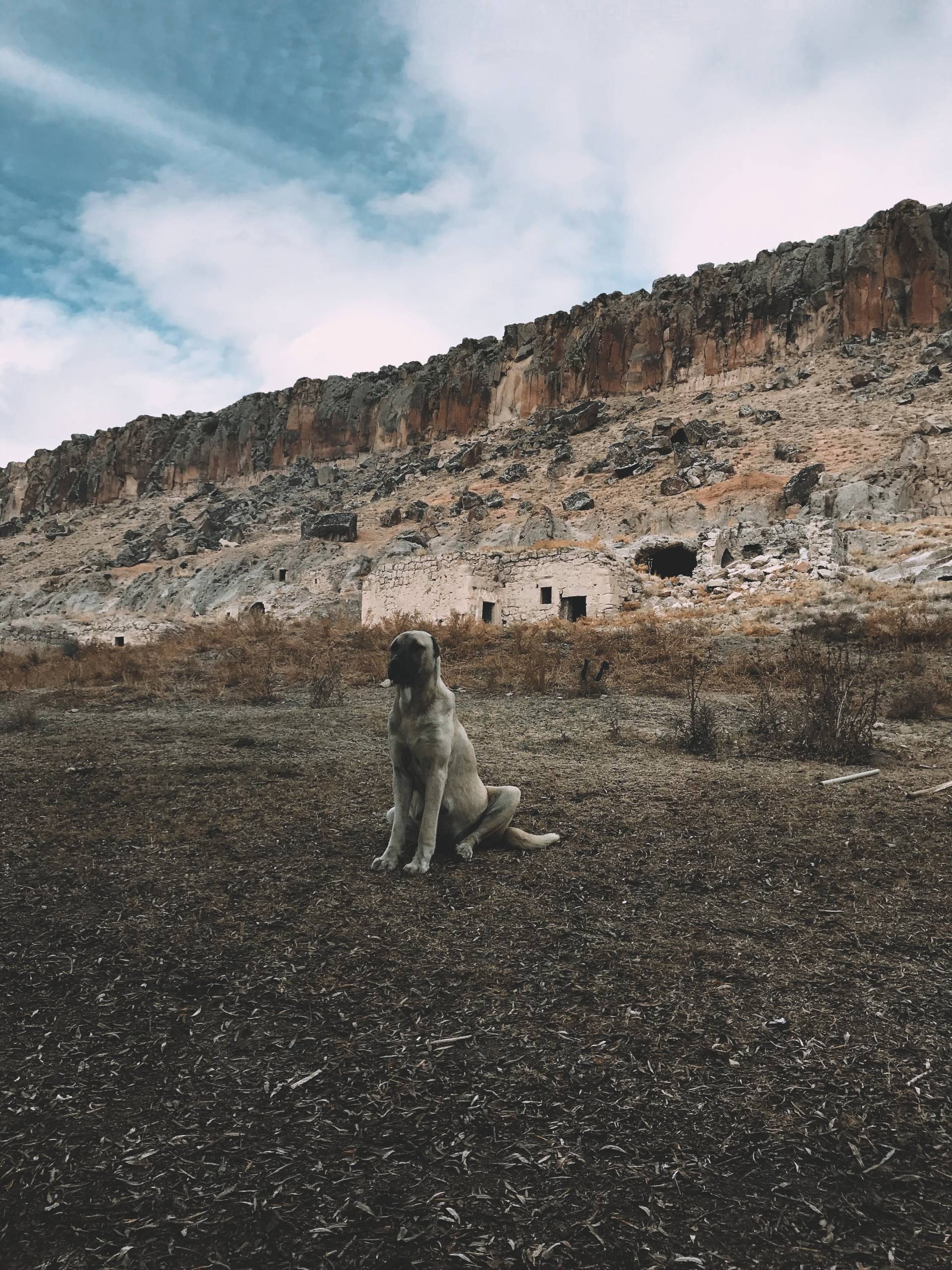
Panting is a natural way for dogs to regulate their body temperature, especially when they’re feeling hot or after physical activity. Dogs don’t have the luxury of sweating like humans do, so panting helps them cool down. However, if you notice that your dog is panting excessively in cool or temperate conditions, it may be a cause for concern.
One common reason for excessive panting in dogs is related to their physical health. Health issues such as obesity, heart problems, respiratory conditions, or pain can lead to increased panting. It’s essential to observe your dog’s overall behavior and look for any other signs of discomfort or distress. If you notice any other unusual symptoms accompanying the excessive panting, it’s best to consult with a veterinarian.
Stress and anxiety can also contribute to excessive panting in dogs. Just like humans, dogs can experience stress from various factors such as loud noises, separation anxiety, or changes in their environment. If you’ve recently moved homes, introduced a new pet, or experienced any other significant changes, your dog may be feeling anxious, leading to increased panting. Understanding and addressing the underlying cause of stress can help alleviate excessive panting.
Another reason for persistent panting could be due to pain or discomfort. Dogs may pant more when they are in pain, unwell, or experiencing discomfort. It’s essential to be attentive to any changes in your dog’s behavior, eating habits, or mobility. If you suspect that pain might be the cause, seeking advice from a veterinarian is crucial to ensure your dog receives the necessary care and treatment.
Environmental factors also play a significant role in your dog’s panting behavior. High temperatures, humidity, and lack of proper ventilation can cause dogs to pant more frequently. Ensuring that your dog has access to shade, fresh water, and a cool environment is essential, especially during hot weather. Additionally, avoid leaving your dog in a parked car or any other confined space where they may be exposed to excessive heat.
Regular exercise and play are vital for maintaining your dog’s physical and mental well-being. However, overexertion during physical activity can lead to excessive panting. It’s important to monitor your dog’s activity level and ensure they have adequate rest and water breaks, especially during intense exercise or play sessions. Keeping a balance between activity and rest is crucial for your dog’s overall health.
In conclusion, while panting is a normal behavior in dogs, excessive panting could be a sign of an underlying issue. As a responsible dog owner, staying aware of your dog’s panting habits and being attentive to any changes in behavior is essential. If you notice persistent or unusual panting, it’s best to seek guidance from a veterinarian. Understanding the reasons behind your dog’s excessive panting is the first step toward ensuring your furry companion’s well-being and happiness.[/fusion_text]



